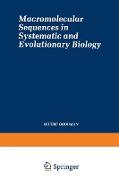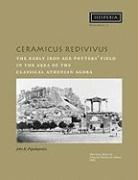Macromolecular Sequences in Systematic and Evolutionary Biology
BücherAngebote / Angebote:
George H. F. Nuttall pioneered the study of phylogeny through the ge netically encoded sequence structures of proteins. His classic monograph, Blood Immllnity and Blood Relationship, was published in 1904. The findings described in this monograph testified that immunologic compar isons of serum proteins could help reveal the phyletic relationships of primates and other animals. Although Nuttall had no way of knowing that a correspondence between the nucleotide sequences of genes and the amino acid sequences of proteins was the genetic basis for the immuno logic specificities of animal sera, he clearly saw the implications of his findings. Thus he wrote in the introduction of his monograph, "The per sistence of the chemical blood-relationship between the various groups of animals serves to carry us back into geological times, and I believe we have but begun the work along these lines, and that it will lead to valuable results in the study of various problems of evolution. " Nuttall's prophecy is being fulfilled. Through the first two-thirds of the 20th century immu nology led the way in the molecular analysis of the phyletic relationships of animal taxa above the species level. Amino acid sequencing of proteins began in earnest during the 1960s. It overtook immunology during the 1970s and provided more exact molecular data for investigating the history of life and the forces of chance and selection which drive evolution.
Folgt in ca. 5 Arbeitstagen




